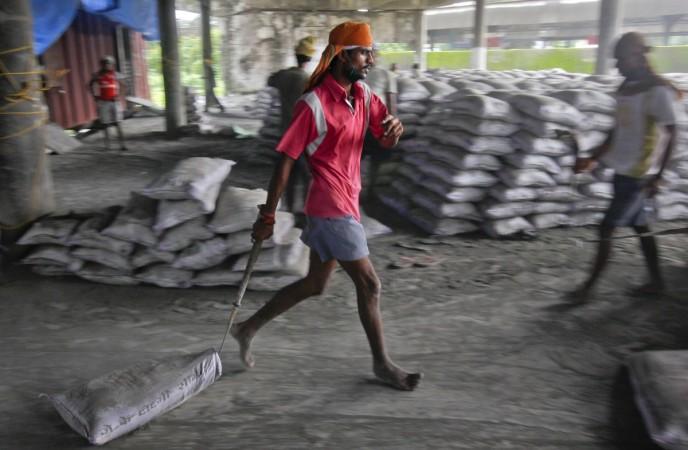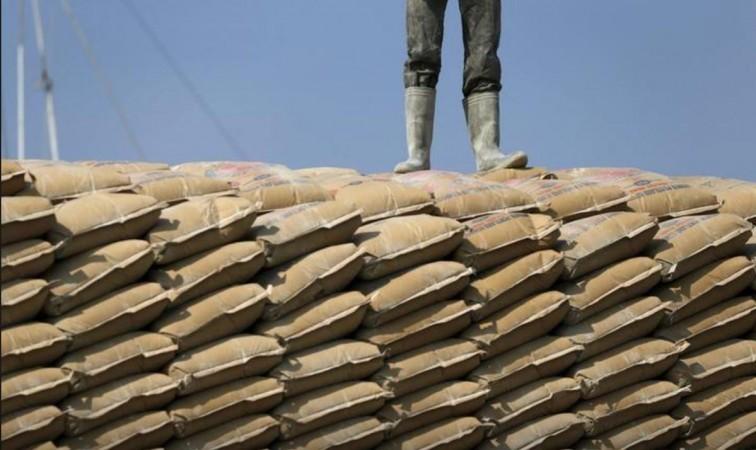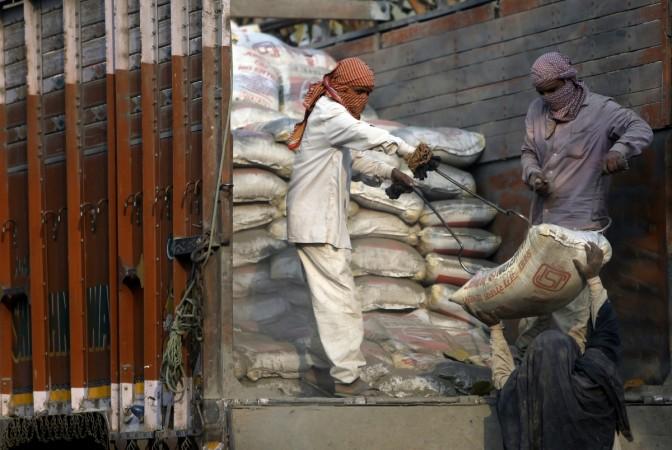A couple of decades ago, a walk down the neighborhood was most likely to throw up visuals of stacked bricks outside of an empty plot, hinting that a new home is on its way. Today, most construction sites swear by grey cement blocks that are cheaper on the pocket, expensive for the environment. Not just our homes, but cement is everywhere from flyovers to dams; even pots that are used to grow plants in. Most cities around the country are replacing their tarmac roads with concrete roads for maintenance and longevity reasons.
The cement industry is one of the major producers of carbon dioxide leading to greenhouse gas emissions, and its harmful effects strike the environment and humans alike. Yet, India continues to be the second-largest producer of this 'essential' commodity used in infrastructure building for residential, commercial, and industrial purposes.

"If the cement industry were a country, it would be the third-largest emitter in the world - behind China and the US. 8% of emissions, in fact. Cement is the second most widely used material in construction, just after water," tweeted Anirban Mahapatra in June who is Assistant Director and Publisher at the American Chemical Society (ACS) and author of the book, COVID-19: Separating Fact from Fiction.
In his latest set of tweets, he shared snapshots of Bill Gates' climate change book that supports his argument against cement. According to the table, 'how much greenhouse gas is emitted by things we do', nearly 31 percent of emission is produced in the process of making things especially cement, steel, or plastic. This is closely followed by electricity consumption at 27 percent.
Probably the single most useful piece of information I got out of Bill Gates' climate change book is this table. pic.twitter.com/Zv5fu9M48b
— A.M. (@bhalomanush) July 31, 2021
While most people are well-aware of transportation-related emissions, many shy away from admitting that materials such as cement could be climate culprits as well.
The problem, according to 'science decoder' Mahapatra, lies in the way cement is processed.
"You have to figure out cement... Unfortunately, if you know a bit of chemistry you know that the problem with cement is its production," he states.

Producing cement: The process
Cement is manufactured through the chemical combination of 8 main ingredients during the cement production process. These ingredients are generally extracted from limestone, clay, marl, shale, chalk, sand, bauxite, and iron ore. Carbon dioxide is emitted as a by-product of clinker production, an intermediate product in cement manufacture, in which calcium carbonate is calcinated and converted to lime, the primary component of cement.
CO2 is also emitted during cement production by fossil fuel combustion, says a paper published on IPCC (Intergovernmental Panel on Climate Change) website. According to a 2019 article published in The Guardian, the production of concrete also requires large amounts of water, and global production accounts for almost a tenth of worldwide industrial water use.
Recently, CEO of Ramco Cements, A.V. Dharmakrishnan, in an interview with The Hindu mentioned that cement demand is likely to grow further by 20 percent by 2022 due to increased budgetary allocation for infrastructure in the Union Budget 2021-22, besides the expected revival of urban housing.

Like plastic, cement also has seeped into our living systems farther than expected, and hence, a life without these means an extreme shift in the way the majority of people live their lives. However, one need not be surprised to see 'sustainable and eco-friendly' tags attached to the industry in the coming future.
According to a June article in World Cement magazine, Sridhar Balakrishnan, CEO of ACC cement told, "Doing our business in a more sustainable way is the new normal now... the global movement towards creating a more sustainable industry is fast catching up with the Indian building material market too. This is also being accelerated by greater consumer awareness, which can be seen in the growing demand for greener construction products and processes. We are well poised to provide sustainable and low carbon products and solutions to the country."

















